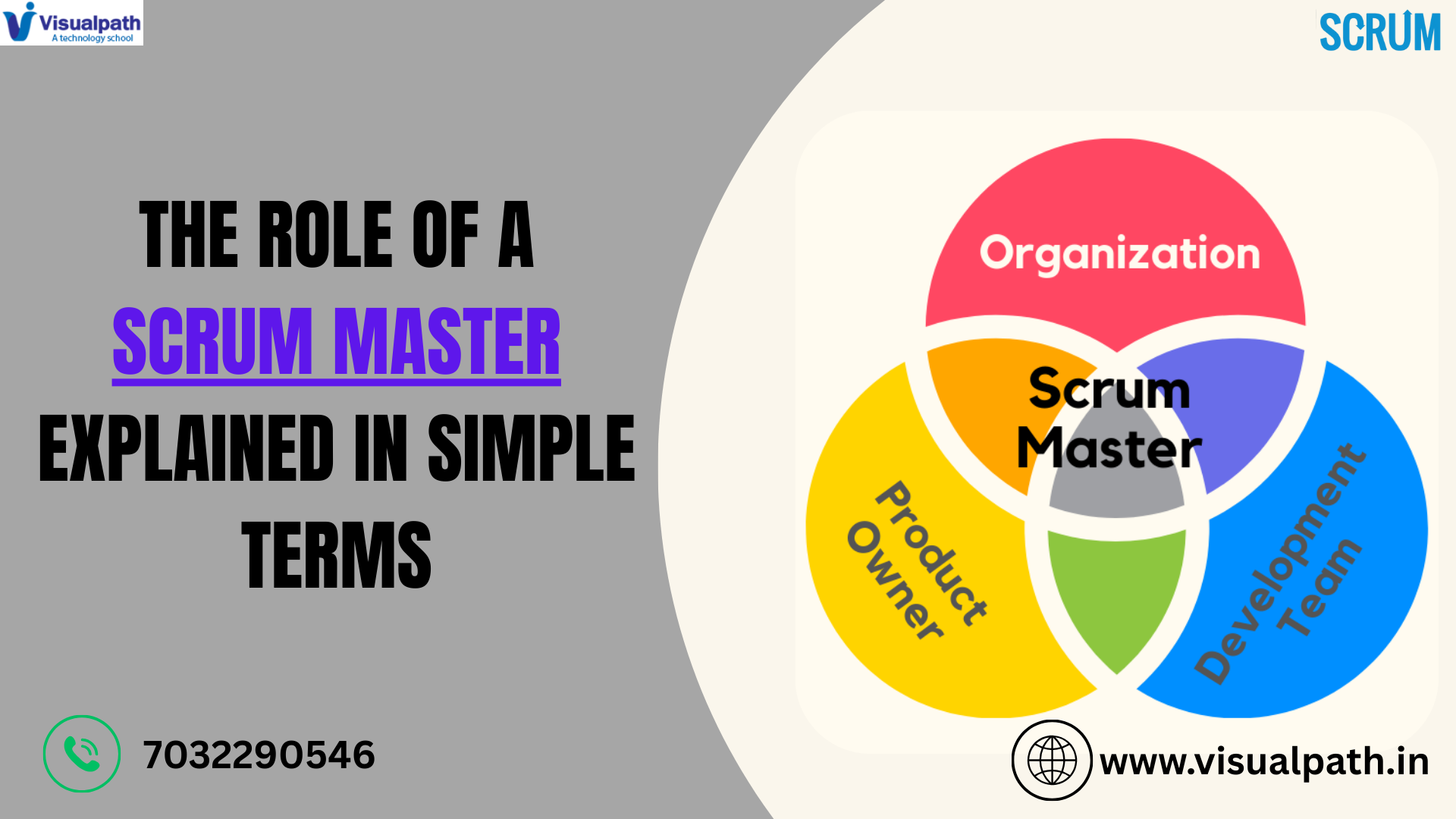The Scrum Master role is often misunderstood, especially by those new to Agile and Scrum. Is it a manager? A team lead? A project coordinator? The truth is, it’s none of those—but far more impactful than many realize. In this article, we’ll break down the Scrum Master role in simple terms, show you what they actually do, and explain how a Scrum Master Course or Scrum Master Certification can help you get started.
What Is a Scrum Master?
At its core, a Scrum Master is a facilitator and coach. They ensure that a team using the Scrum framework stays on track, follows Agile principles, and continuously improves how they work. Rather than managing people, they support them—removing blockers, encouraging collaboration, and helping the team stay focused on their goals.
Think of the Scrum Master as the engine oil in a car. They don’t drive (that’s the team and Product Owner), but they help everything run smoothly.
Day-to-Day Responsibilities of a Scrum Master
If you were to shadow a Scrum Master, here’s what you’d likely see them doing on a typical day:
- Hosting Daily Stand-ups: Short daily check-ins where team members share progress and challenges.
- Guiding Sprint Planning: Helping the team understand what can be accomplished during the upcoming sprint.
- Facilitating Retrospectives: Encouraging honest feedback and driving team improvements.
- Removing Roadblocks: Solving internal or external issues that slow down the team.
- Encouraging Agile Mindsets: Coaching team members and stakeholders in Agile best practices.
Their focus isn’t just the process—it’s the people. They help teams stay engaged, motivated, and self-organized.
Why Is the Scrum Master Role Important?
Without a Scrum Master, teams can struggle with inefficiency, miscommunication, or simply falling back into bad habits. A skilled Scrum Master can:
- Improve team productivity
- Foster better communication
- Reduce risks and delays
- Boost morale and accountability
- Align the team with business goals
This is why many companies prefer candidates who have gone through a, participated in hands-on Scrum Master Training, or earned a respected.
How to Become a Scrum Master: Step-by-Step
If the Scrum Master role sounds like a career path you want to pursue, here’s how to begin:
- Learn the Basics of Scrum
Understand Scrum values, roles, and events. Free online resources are a good starting point, but a structured Scrum Master Course gives you a stronger foundation.
2. Enroll in a Scrum Master Training Program
Interactive Scrum Master Training helps you apply theory to real-world team scenarios. It’s more than reading—you’ll practice facilitation, problem-solving, and Agile coaching.
3. Get Certified
A recognized Scrum Master Certification (like CSM, PSM, or Safe SM) adds credibility and helps you stand out to employers. It also shows your commitment to the Agile profession.
4. Apply Your Skills in Real Teams
The best way to grow is through experience. Volunteer on Agile projects, shadow experienced Scrum Masters, or look for entry-level Agile roles to get hands-on practice.
Conclusion
The Scrum Master is not a boss, but a guide. Not a task-giver, but a problem-solver. Their real power lies in empowering others and improving how work gets done. If you’re passionate about helping teams succeed, communicating clearly, and creating positive change, this role might be the perfect fit for you. By enrolling in a, joining or earning a Scrum Master Certification, you open the door to a fulfilling career where you don’t just manage work—you help people thrive while doing it.In today’s fast-paced, Agile-driven world, Scrum Masters are more valuable than ever.
Trending Courses: Cloud Testing, Azure DevOps with Devsecops, Microsoft Fabric etc.



